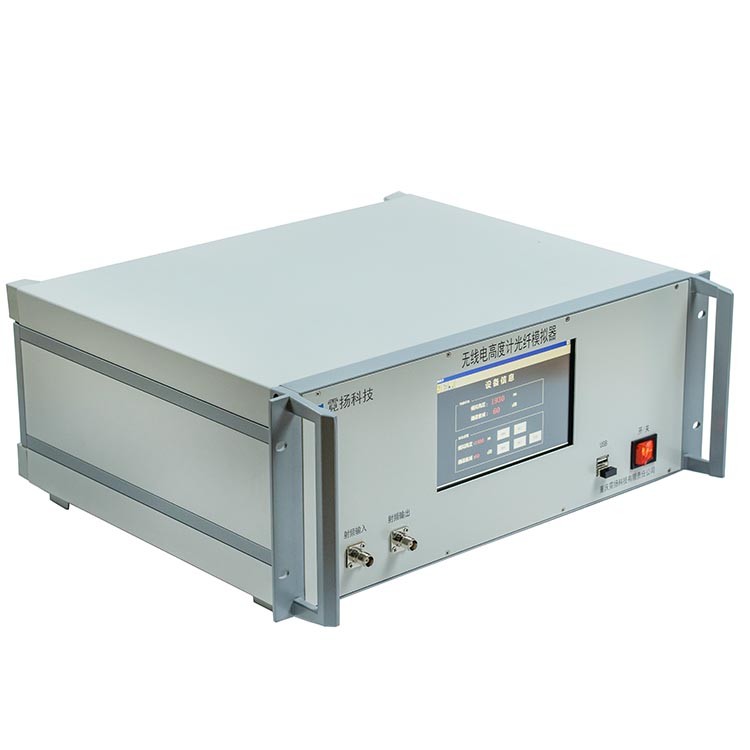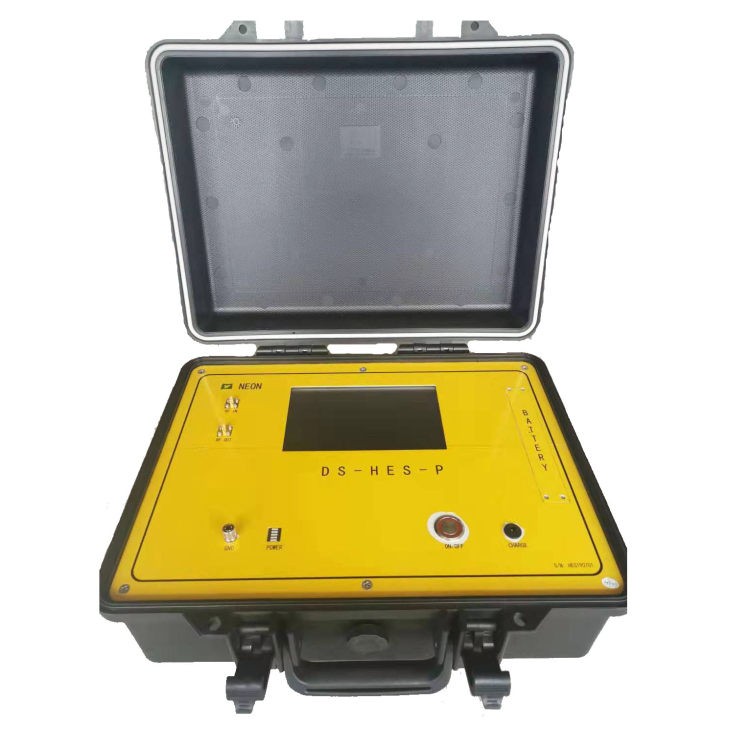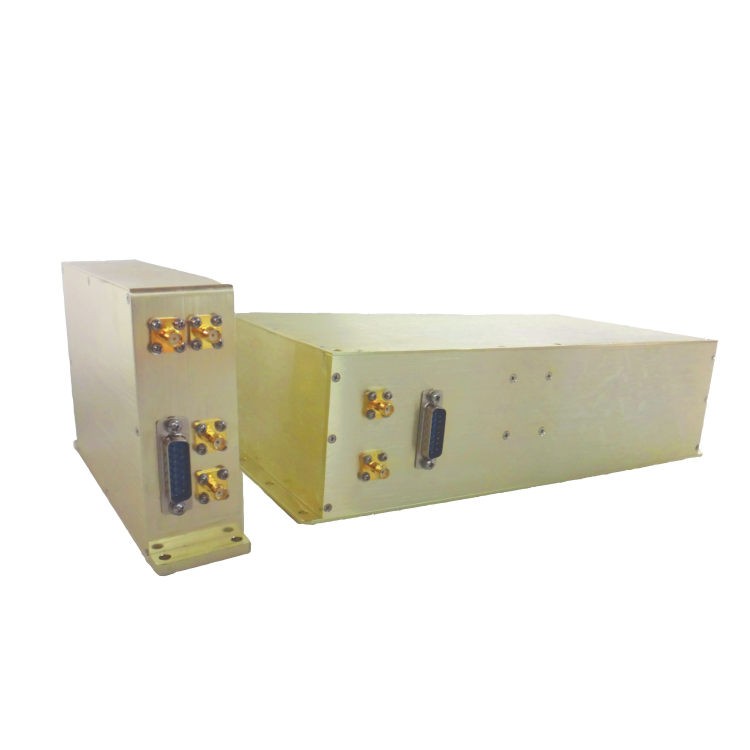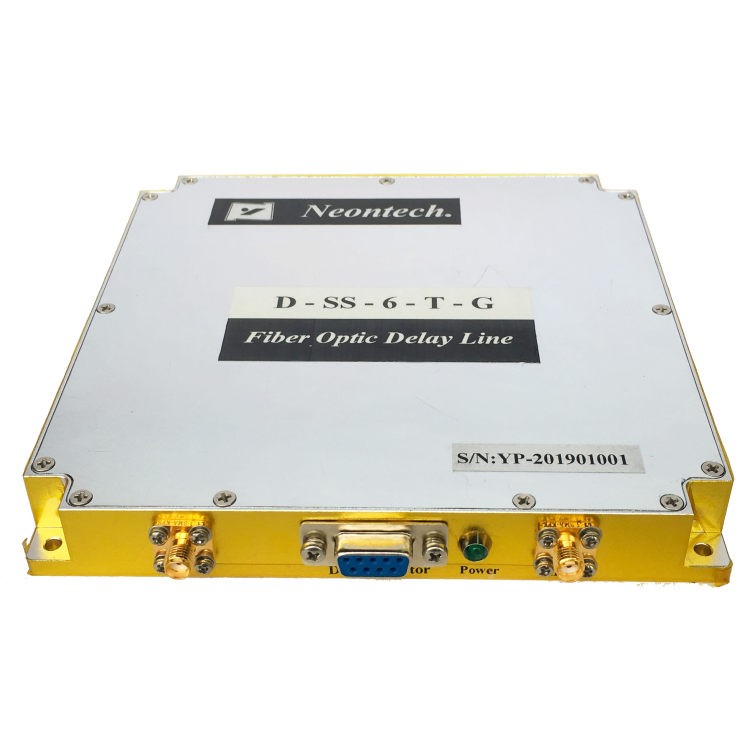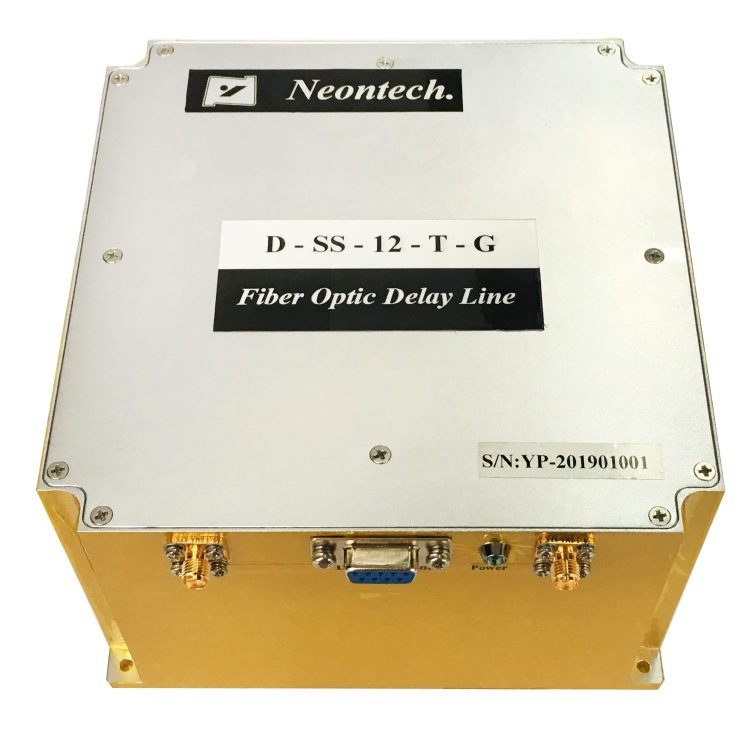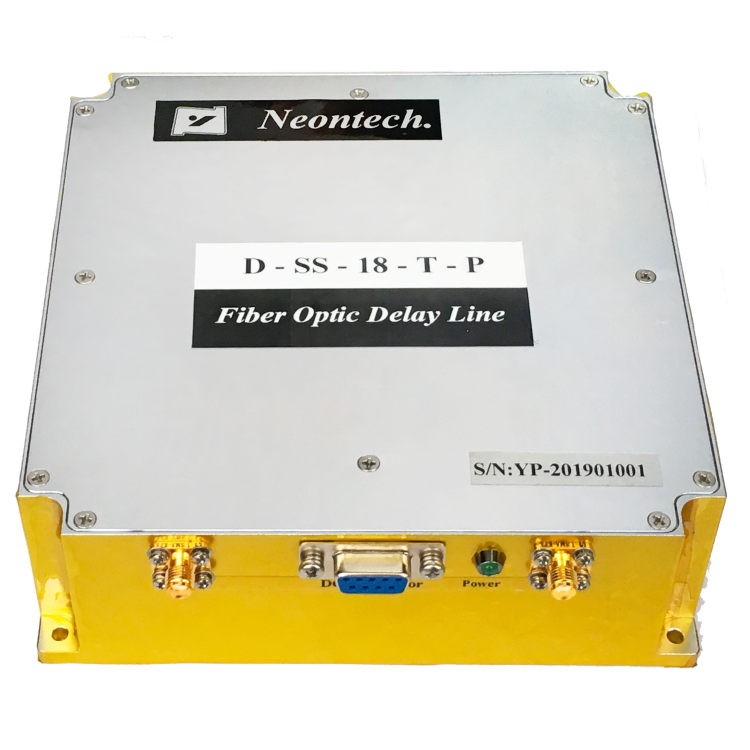Radio Altimeter Simulations: Supporting the Development and Use of Critical Safety Systems
Radio altimeter simulations are a valuable tool for studying the performance of these instruments and developing mitigation strategies for potential problems. Simulations can be used to create realistic scenarios that would be difficult or dangerous to test in real life. For example, simulations can be used to study the effects of 5G interference, low-altitude operations, and new terrain awareness and warning systems.
Radio altimeter simulations are also used for pilot training and aircraft development and testing. Simulations can be used to train pilots on how to use radio altimeters in different situations and to develop new procedures for using these instruments in conjunction with other systems. Simulations can also be used to test new radio altimeter technologies and to develop procedures for their use.
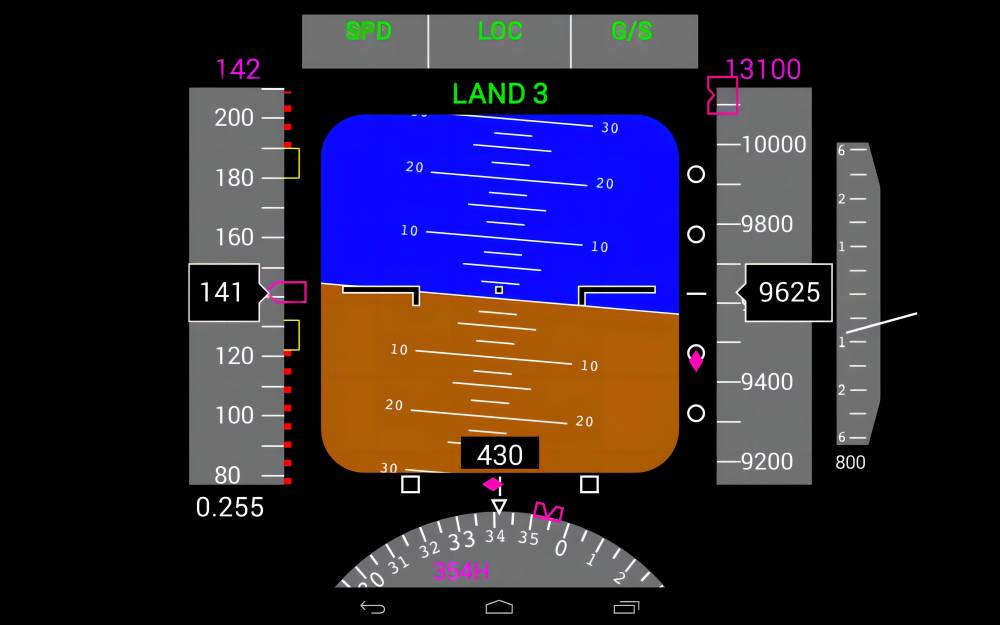
Applications of Radio Altimeter Simulations
Radio altimeter simulations are used for a variety of purposes, including:
- Studying the effects of 5G interference on radio altimeters: 5G networks operate in the same frequency bands as radio altimeters, and there is concern that they could interfere with their operation. Radio altimeter simulations are being used to study the potential for interference and to develop mitigation strategies.
- Developing new procedures for low-altitude operations: Radio altimeters are essential for safe low-altitude operations, such as landing in low visibility conditions. Radio altimeter simulations are being used to train pilots on how to use these instruments effectively and to develop new procedures for low-altitude operations.
- Developing advanced terrain awareness and warning systems (TAWS): TAWS systems use radio altimeter data to alert pilots to potential hazards, such as terrain ahead and below the aircraft. Radio altimeter simulations are being used to develop new TAWS algorithms and to test their effectiveness.
- Testing new radio altimeter technologies: New radio altimeter technologies are being developed to improve accuracy and reliability. Radio altimeter simulations are being used to test these new technologies and to develop procedures for their use.
- Training pilots: Radio altimeter simulations can be used to train pilots on how to use radio altimeters in different situations, such as emergency landings and flight in mountainous terrain.
- Developing new procedures: Radio altimeter simulations can be used to develop new procedures for using radio altimeters in conjunction with other systems, such as autopilots and flight management systems.
- Studying environmental factors: Radio altimeter simulations can be used to study the effects of environmental factors, such as weather and terrain, on radio altimeter performance.
- Developing new testing and calibration methods: Radio altimeter simulations can be used to develop new methods for testing and calibrating radio altimeters.
Benefits of Radio Altimeter Simulations
Radio altimeter simulations offer a number of benefits, including:
- Improved safety: Radio altimeter simulations can be used to identify potential problems with radio altimeters and develop mitigation strategies before they occur. This can help to improve the safety of aircraft operations.
- Reduced costs: Radio altimeter simulations can be used to test new radio altimeter technologies and procedures more cheaply and efficiently than real-world testing. This can help to reduce the cost of developing and testing new aircraft systems.
- Improved training: Radio altimeter simulations can be used to provide pilots with realistic training on how to use radio altimeters in different situations. This can help to improve pilot proficiency and safety.
- A better understanding of radio altimeter performance: Radio altimeter simulations can be used to study the effects of different factors on radio altimeter performance. This can help to improve our understanding of how these instruments work and how to use them more effectively.
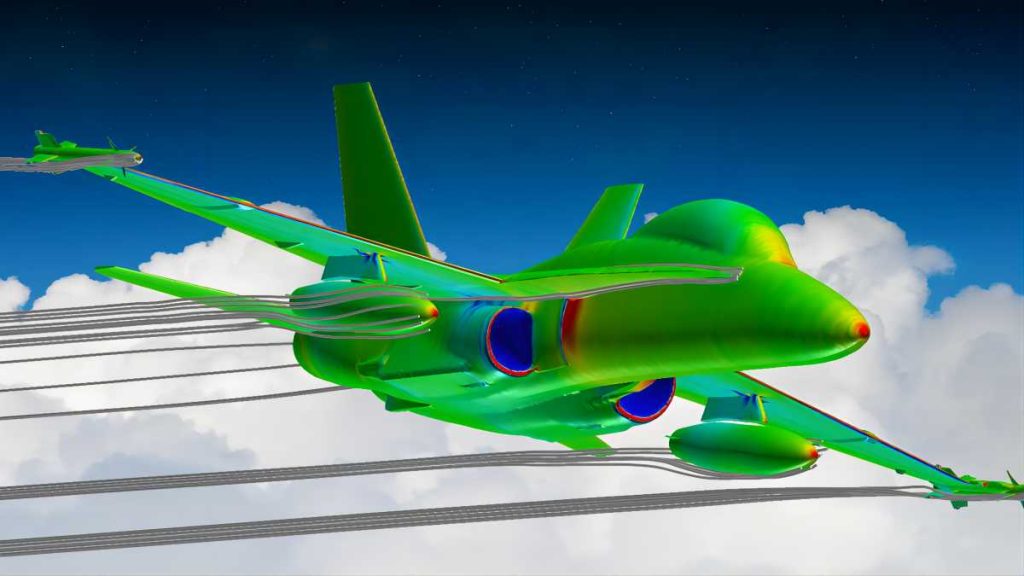
Examples of Radio Altimeter Simulations
A number of different radio altimeter simulations have been developed for a variety of purposes. Some examples include:
- The RTCA SC-239 Radar Altimeter Interference Simulation Tool (RAIST): The RAIST tool is used to study the potential for interference between 5G signals and radio altimeters. The tool can be used to simulate different scenarios, such as different aircraft types, different 5G network deployments, and different atmospheric conditions.
- The NASA Radio Altimeter Simulation (RAS): The RAS is a high-fidelity simulation of radar altimeters that can be used for a variety of purposes, including:
- Studying the effects of different environmental factors on radio altimeter performance.
- Developing new radio altimeter technologies and procedures.
- Testing radio altimeter hardware and software.
- Training pilots on how to use radio altimeters.
- The Honeywell Radio Altimeter Simulation (HRAS): The HRAS is a commercially available radio altimeter simulation that can be used for a variety of purposes, including:
- Training pilots on how to use radio altimeters in different situations.
- Developing new radio altimeter technologies and procedures.
- Testing radio altimeter hardware and software.
Conclusion
Radio altimeter simulations are a critical tool for ensuring the safety and reliability of radio altimeters. By using simulations to study and test these instruments, users can identify potential problems and develop solutions before they occur. Radio altimeter simulations are also used for pilot training and aircraft development and testing. Overall, radio altimeter simulations are an essential tool for the aviation industry.


